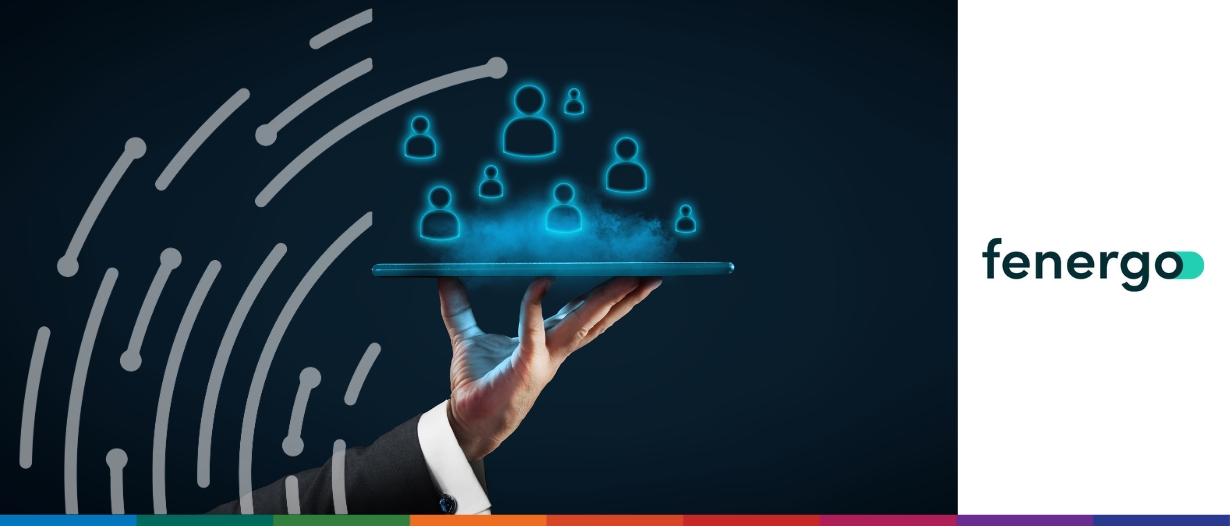Estimated reading time: 4 minutes
As the energy and commodities trading sector faces increasing scrutiny, optimising counterparty lifecycle management and onboarding processes have become increasingly critical.
To learn more about the development and difficulties for risk practitioners surrounding counterparty lifecycle management and supplier onboarding, Trade Finance Global’s (TFG) Mahika Ravi Shankar (MRS) spoke with Aoife Doyle (AD), Vice President of Product Marketing at Fenergo.
Doyle runs the product marketing and regulatory function at Fenergo, which provides counterparty lifecycle management solutions for energy and commodity trading firms.
Challenges around counter-party lifecycle management
MRS: What risk do challenges around counter-party lifecycle management and supply onboarding, present to the business?
AD: The primary challenge facing many firms in this sector is their current technology systems. Over 88% of firms that we surveyed found that their technology systems impact their onboarding times.
These impacts are caused by siloed technologies, outdated technologies, and the need to rekey information from system to system, all of which can have a large impact on their downstream customer experience (CX), which is something that is going to become a huge buzzword across all industries for the remainder of 2024.
They’re also looking at the very real challenge of risk management. If a firm doesn’t have centralised data, establishing robust risk management protocols can become incredibly challenging. Plus, the burden of risk management and the thresholds that must be met are increasing annually.
MRS: Counterparties require significant documentation, often resulting in a poor onboarding experience. What problems does this create, and how can they be avoided?
AD: Anyone who has ever worked in onboarding – myself included – will know that there are huge documentation management problems across the energy and commodities industry.
It comes in very large packs of documents required as proof points for data that has been provided and as data dispersed across multiple documents pertinent to the onboarding process.
At Fenergo, we are incorporating artificial intelligence (AI) into our solution to this challenge. Instead of highly skilled human resources spending time manually extracting information from a document, and rekeying it into a system, we use AI to extract that data and classify it against the counterparty during the onboarding. Using AI for document handling intelligent processing can reduce document management time by up to 72%.
We’ve also invested heavily in AI for reporting. We recognise that many analysts may not be technically minded, but still need to extract data and create reports as part of their job. To help, we use an AI translator that can translate their basic English queries into a report that can be generated from the application. Though a very small area in terms of AI, our customers say it saves them a lot of time when creating reports.
We’ve also been working on an AI assistant to intelligently help application users execute their queries and find information faster. This assistant makes daily work more efficient, whether you are executing a counterparty onboard, going through a periodic review and looking to bring greater automation into that process, or managing risk profiles.
MRS: How does Fenergo support energy and commodity firms?
AD: Fenergo supports energy and commodity firms in its approach to redesigning an operating model.
Fenergo has a long history of working with some of the biggest financial institutions in the world to conduct very complex onboarding scenarios, including multi-jurisdiction onboarding, multi-product line, and multi-risk assessments.
We have taken that expertise and brought it to the energy and commodities trading arms, looking at their onboarding requirements. What are their needs around risk management? What is the nuanced complexity in their particular world?
For example, they look at a different group of counterparty types than more traditional financial institutions, so they need to screen a wider range of entities when they’re completing their onboarding.
Our core offerings of workflow management, document management, risk assessment, screening, and utilisation all come together to manage the complexity in this segment.
The segment is a very technically advanced industry in many areas, and sometimes the area of onboarding takes a little longer to catch up, and that’s where we’re helping firms.
Application of automation
MRS: How can automation facilitate efficiency when doing counterparty or vendor due diligence?
AD: Automation is the key to the energy and commodities trading industry.
Many steps in the process can be automated, including onboarding, due diligence checks, risk assessment calculations, and the periodic review cycle. You can automate the gathering of data from data providers or use data extraction tools such as document processing.
Automation is a way to meet regulatory requirements, ensuring that you can implement the standards you need in your organisation and scale without growing huge teams of people to process the work.
Of course, not everything can be automated.
Industry participants get great value from automating their lower—and medium-risk counterparties. When examining higher risks, you might be able to automate parts of the journey, but you still need an expert analyst to investigate the risk thoroughly and articulate the reasons why it is at the risk profile it is.
Yes, end-to-end automation is possible, maybe more so for low- and medium-risk. Supplementary automation is favourable in the high-risk category.























